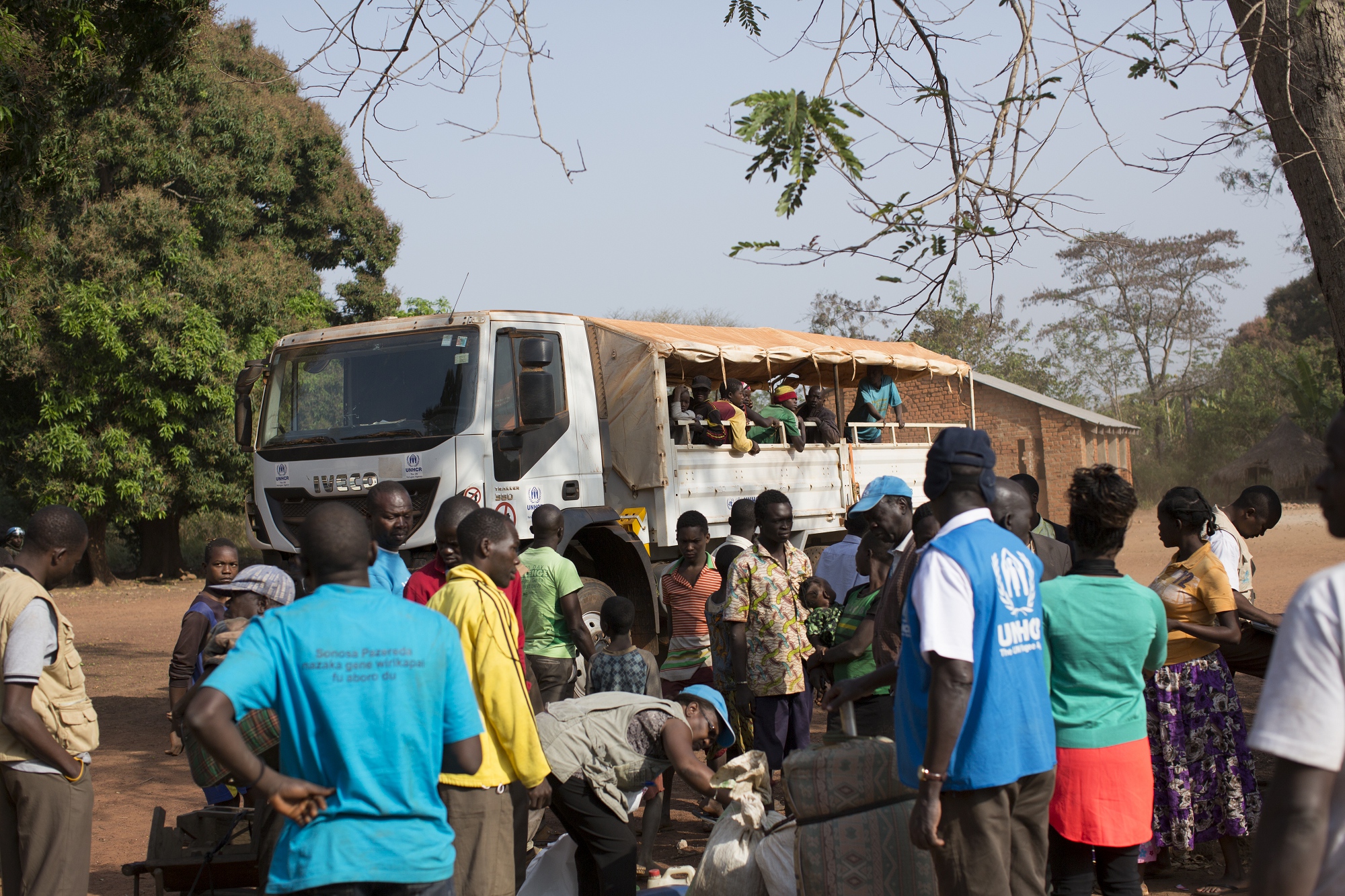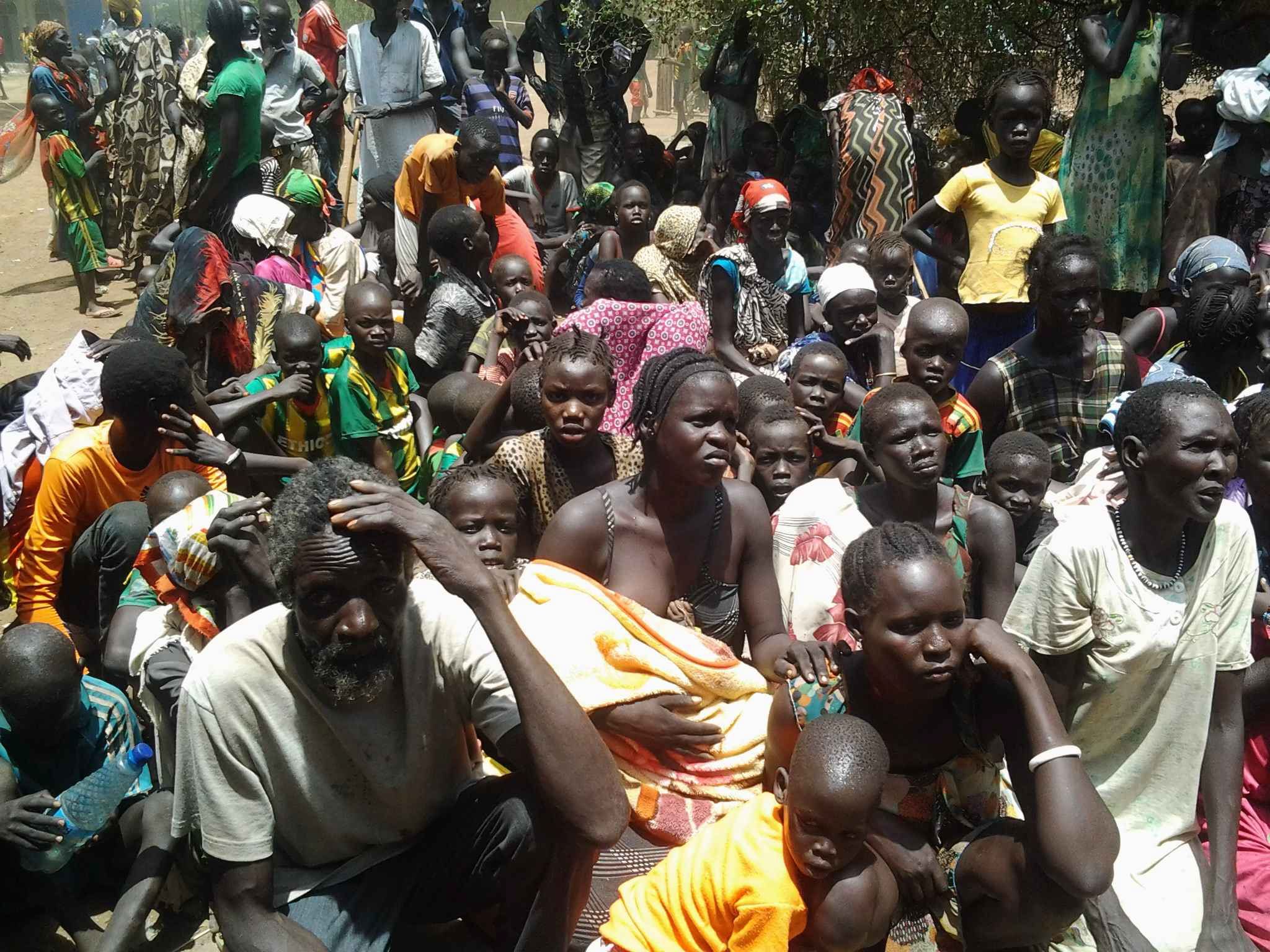South Sudan: UNHCR expands aid operations in Yida as population passes 35,000
South Sudan: UNHCR expands aid operations in Yida as population passes 35,000
UNHCR is expanding aid operations for refugees in South Sudan's Yida camp, whose population has swollen to more than 35,000 people amid a new wave of arrivals since last week.
People arriving at Yida cite worsening security and humanitarian conditions in the Nuba Mountains of Sudan where they fled from.
On average 430 refugees have been arriving daily throughout May, a 47 percent increase over the arrival rate we saw in April. At this rate, the camp population will exceed 40,000 by the end of the month.
Yida remains an unsafe location for refugees because of its proximity to the border. While efforts to encourage refugees to voluntarily move away from the border will continue, aid will be boosted to improve conditions as the rainy season is starting. Over the past two weeks we have conducted distributions of plastic sheets, mosquito nets, sleeping mats and blankets to more than 12,700 people. Distribution is continuing.
Initially, priority was given to the most vulnerable such as the elderly, unaccompanied minors and female-headed households. We are now expanding this to all refugees.
Many refugees have been arriving in poor condition, after a journey through dense bush. Most enter South Sudan via the disputed Jau border area, their only escape route to Yida. They travel on foot with the few possessions they are able to carry. People are hungry and there are increasing signs of malnutrition among new arrivals from the Nuba mountains in South Kordofan State.
Upon arriving in Yida, refugees are registered and immediately provided with water and high energy biscuits. A medical screening follows after which they receive an initial two-week WFP food ration to cover them until the next general food distribution. Agencies provide urgent medical attention and therapeutic feeding.
Further west, in Upper Nile State, we are also facing challenges. Our colleagues have seen some 12,000 Sudanese refugees who crossed the border from Blue Nile state since the weekend. This brings the total number of refugees in Upper Nile state to over 80,000.
The new arrivals are exhausted from having walked for several days. They fled from Blue Nile citing hunger as well as continuing fighting between the Sudanese Armed Forces (SAF) and Sudan People's Liberation Movement-North (SPLM-N). Many became separated from family members.
UNHCR has relocated 1,285 refugees to the newly established camp at Yusuf Batil, 120 kilometres from the border. Yusuf Batil is the third refugee settlement that UNHCR has helped set up in Upper Nile, after Doro and Jamam. Others are also being relocated to Jamam.
Our relocation convoys can take up to four hours to cover a 20km stretch, and the refugees on board have to spend the night in Jamam. We expect the road conditions to severely deteriorate during the rainy season, making the journey more difficult or access to refugees even impossible.
With the rapidly growing refugee population, UNHCR is also extremely concerned about the low water availability in Upper Nile state and the associated health risks. To address any possible outbreak of water-related diseases in the area, UNHCR and its partners have pre-positioned medical supplies and treatment units in each settlement. We are also trucking in water and drilling boreholes.
South Sudan is currently hosting more than 115,000 Sudanese refugees from the Nuba Mountains and Blue Nile. Another 32,500 have found shelter in western Ethiopia from Blue Nile.
For further information on this topic, please contact:
- In Juba: Terry Ongaro on mobile: +211 927 770 040
- In Geneva, Fatoumata Lejeune-Kaba on mobile +41 79 249 3483








